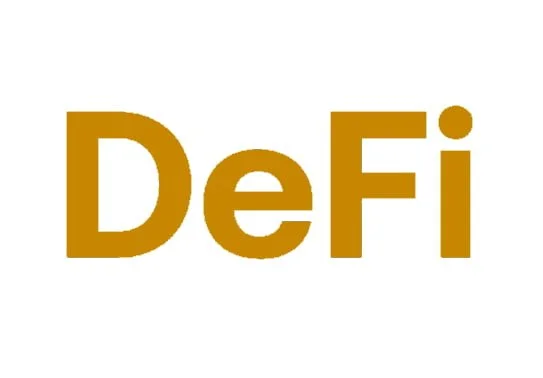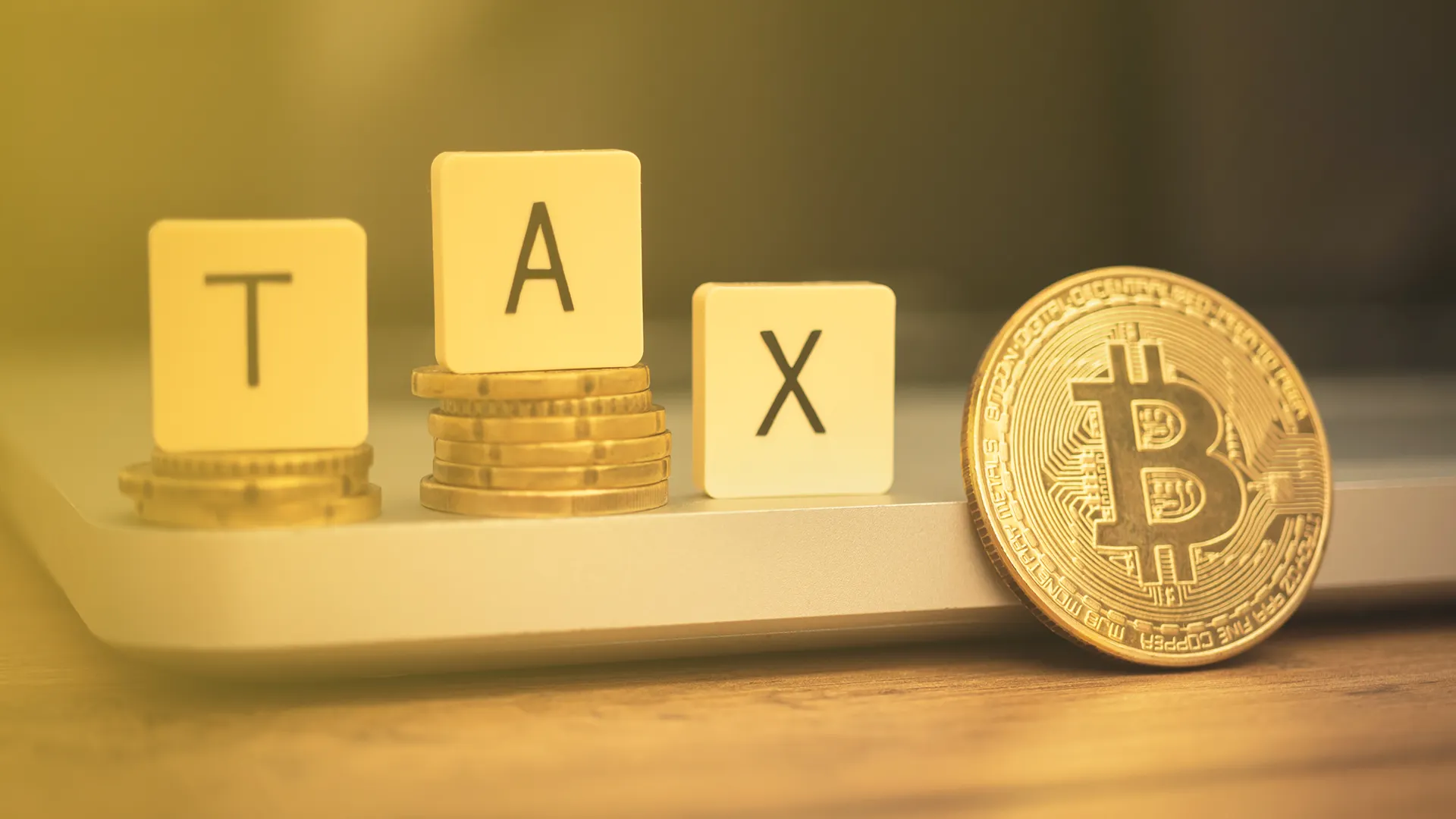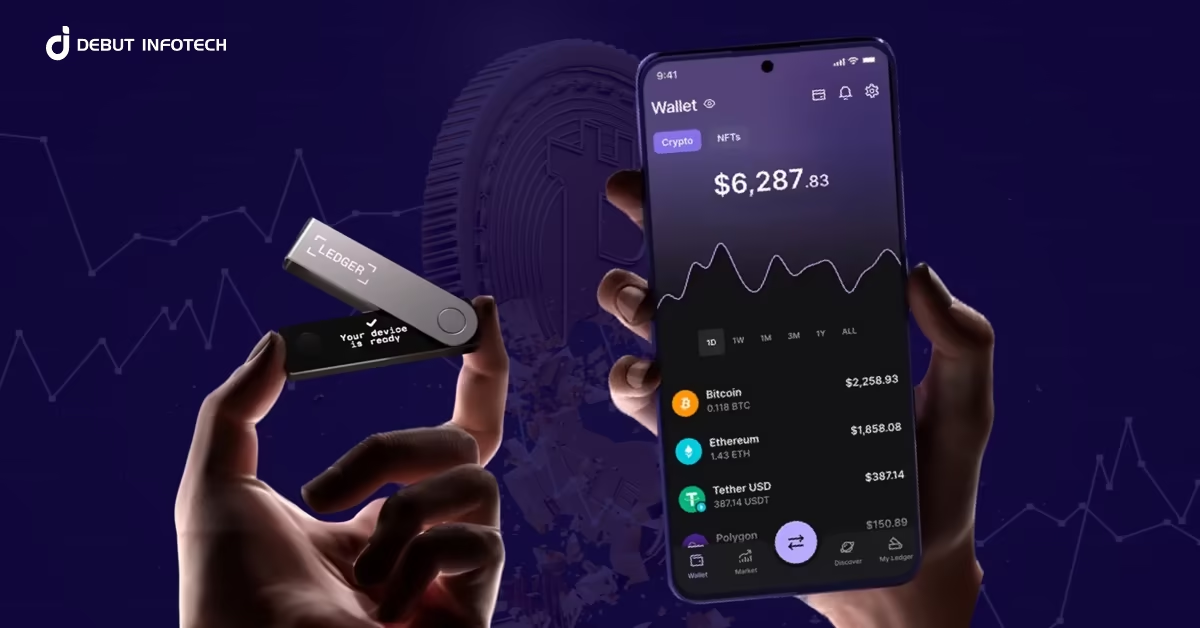Decentralized Finance (DeFi) is rapidly transforming how we interact with financial services. Built on blockchain networks and powered by smart contracts, DeFi enables peer-to-peer transactions without intermediaries, offering more accessible, transparent, and secure financial systems. Here’s why DeFi is making headlines—and reshaping the future of finance.
What Is DeFi and How Does It Work?
DeFi is a sector within the blockchain and cryptocurrency space that removes the need for traditional financial intermediaries like banks. By utilizing smart contracts—self-executing code on blockchain networks—DeFi platforms offer services such as lending, trading, and investing in a fully decentralized, permissionless environment.
These platforms operate 24/7, enabling global participation. Assets are often secured via over-collateralization, where users lock up crypto to access liquidity or earn yields. Ethereum remains the leading blockchain for DeFi, but other networks are quickly gaining traction.
Also read: How to Bridge to Solana Safely: Step-by-Step Guide for Beginners
Advantages of DeFi in Today’s Digital Economy
One of DeFi’s strongest appeals is its accessibility—anyone with an internet connection can use it, making financial services available to unbanked and underbanked populations worldwide. Additionally, DeFi empowers users with financial sovereignty, granting them full control over their assets without third-party interference.
Transactions are faster and often cheaper compared to traditional banking, and the transparency of open-source DeFi protocols fosters greater trust among users. The composability of DeFi allows developers to build innovative solutions atop existing protocols, accelerating ecosystem growth.
Risks and Challenges Facing DeFi
Despite its potential, DeFi carries risks. Smart contract vulnerabilities can lead to hacks and loss of funds. The absence of deposit insurance and the reliance on volatile crypto collateral introduce financial risks. Regulatory uncertainty further complicates matters, as governments worldwide struggle to create suitable frameworks for this emerging sector.
Proper risk management—such as diversifying investments and using platforms with audited code—is essential for users to safeguard their assets.
The Future of DeFi: What Lies Ahead
As blockchain technology evolves, DeFi is expected to scale through innovations like Layer 2 solutions, making platforms faster and cheaper. Improved user interfaces will help onboard mainstream users, while integration with traditional finance could create a hybrid ecosystem, blending the best of both worlds.
For DeFi to achieve mass adoption, it must address regulatory, security, and scalability hurdles. But its potential to democratize finance and foster global inclusion remains undeniable.




